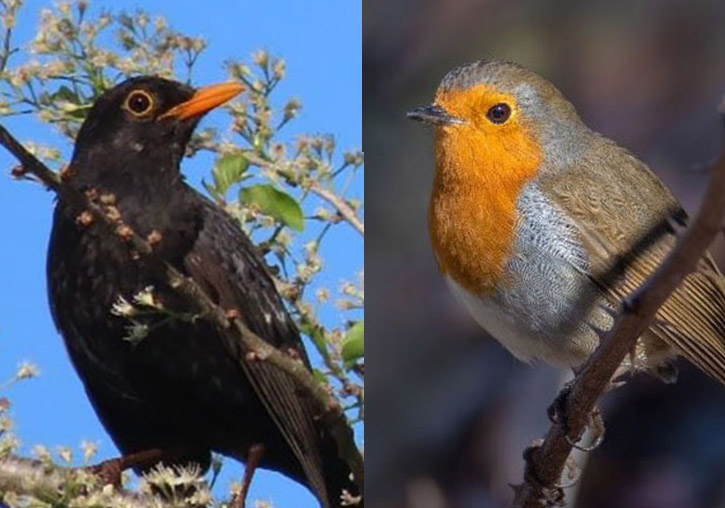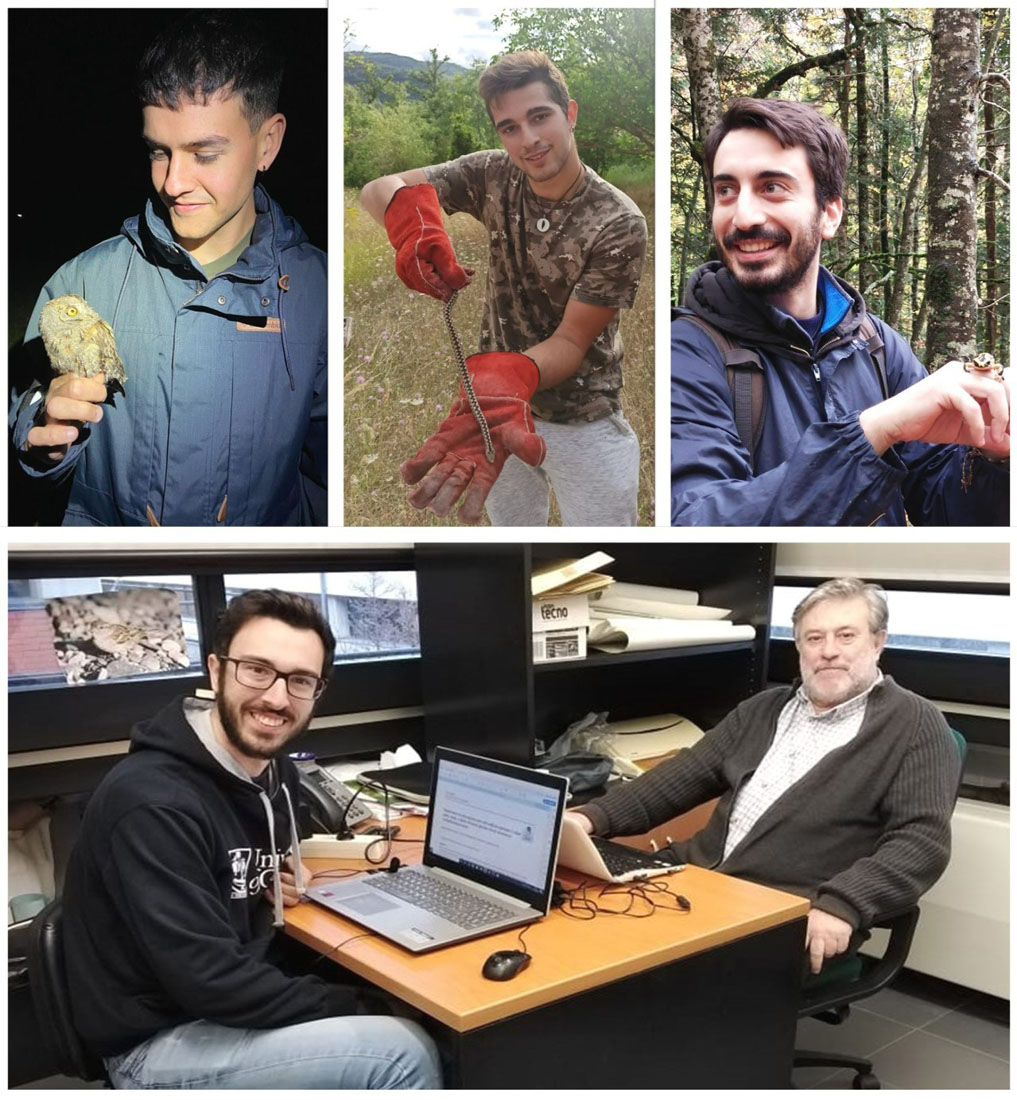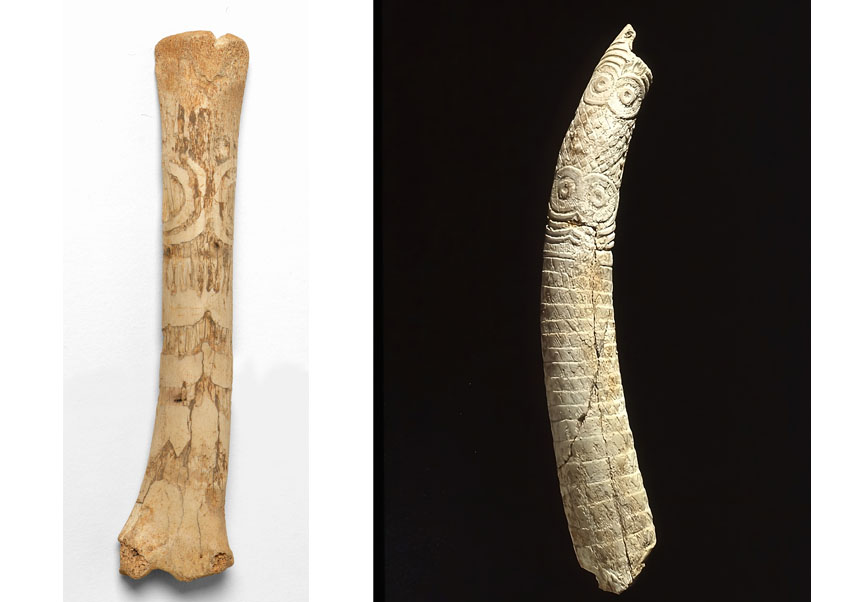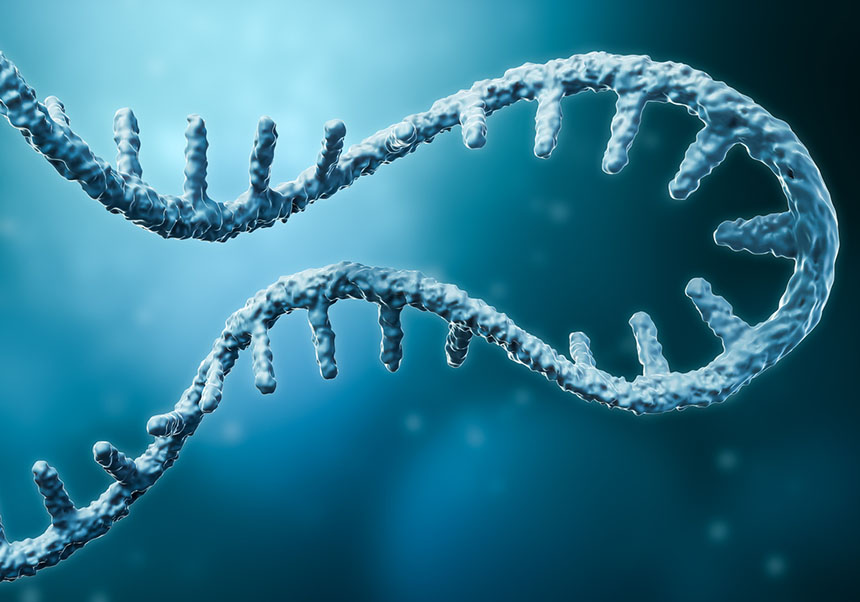Researchers question artificial grass in urban parks because although it saves water, it reduces the number of birds
- Scientific Culture and Innovation Unit
- September 26th, 2022

Researchers from the Cavanilles Institute of Biodiversity and Evolutionary Biology of the University of Valencia show that replacing natural grass with artificial grass has reduced the number of birds by 35.7%. In a study published in the journal Bird Conservation International, in which 45 parks in 18 cities have been analysed, they warn of the loss of biodiversity as a result of this practice.
Thus, in the 45 parks analysed, all on the Spanish Mediterranean coast, they obtained a diversity of 31 species of birds together. In the 24 parks with natural grass, 35.7% more bird species were found than in those that had been renovated with artificial grass. 28 different bird species, for 18 in the second ones, which for researchers is a point of attention.
The study, in which the Iberozoa Association, dedicated to the conservation and dissemination of Iberian fauna, also participated, concludes that parks with artificial grass harbour less diversity due to the less abundance and variety of food on earth (invertebrates, especially everything), which is a threat to the conservation of urban avifauna and bird communities.
Researchers also conclude that in those parks with natural grass there is greater diversity, even though they are smaller than those with artificial grass. In addition, the massive replacement of grass by artificial grass in large urbanisations is causing a greater disintegration of plastics in the environment, with the consequent environmental pollution. Experts suggest that city council policy regarding public parks should not follow the pattern of replacing grass with artificial turf.
This work is the first to compare the differences in biological diversity and the composition of the avifauna that inhabit traditional urban parks and others renovated with artificial turf. “Its results are key in bird conservation and urban planning in cities in many countries”, explains José A. Gil Delgado, honorary professor at the Cavanilles Institute of the University of Valencia.
Despite the fact that this process of expanding artificial grass will be extended to more countries to save water in a context of climate change (droughts and global warming), the Cavanilles researchers propose prioritising the traditional design of parks in urban green areas. In other words, in arid and semi-arid regions, such as the Mediterranean coast, where water can be a limited resource, natural grass can be replaced by native trees, shrubs and grass adapted to scarce water conditions, which would benefit the invertebrate biodiversity and reduce the consequent heat island effect.
Methodology
The field work was carried out in the fall of 2020 and in each park bird counts were carried out for 5 minutes in areas of 25 meters in diameter. At each point it was determined the number of birds and what species they were.
The 45 parks in which the researchers from the Cavanilles institute have intervened correspond to a strip of the Mediterranean arc that is about 150 kilometres long, with the municipalities of Borriana (Castellón) in the northern end, and Ibi (Alicante) in the southernmost. In the middle, towns such as Torrent, Bétera, Massamagrell, Alboraia, Paterna, Llíria, Algemesí, Canals, Tavernes de la Valldigna or Alcoi, among other towns.
This work has been financed by the Valencian Government and the European Social Fund, as well as by the Ministry of Economy, Industry and Competitiveness.
Reduction in the number of sparrows
In a previous study, this group of researchers already found that the number of sparrows (Passer domesticus) was reduced by up to 60% in urban areas of the Mediterranean in four years due to the substitution of natural grass for artificial grass in parks.
Article: Sánchez-Sotomayor D., Martín-Higuera A., Gil-Delgado J. A., Gálvez Á., Bernat-Ponce E. (2022). «Artificial grass in parks as a potential new threat for urban bird communities». Bird Conservation International, 1-8 https://doi.org/10.1017/S0959270922000119
Annex photo: David Sánchez Sotomayor (upper left), Antonio Martín Higuera (upper centre) from the Iberozoa Association; Ángel Gálvez Núñez (upper right), Edgar Bernat Ponce and José Antonio Gil Delgado (lower photo), at the time of the research at the Cavanilles Institute of Biodiversity and Evolutionary Biology of the University of Valencia.
File in: Producció científica , Investigació a la UV , Cultura Científica , Difusió i comunicació científica , Internacionalització recerca , Recerca, innovació i transferència



















